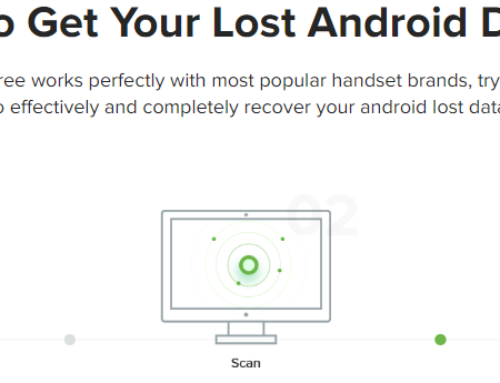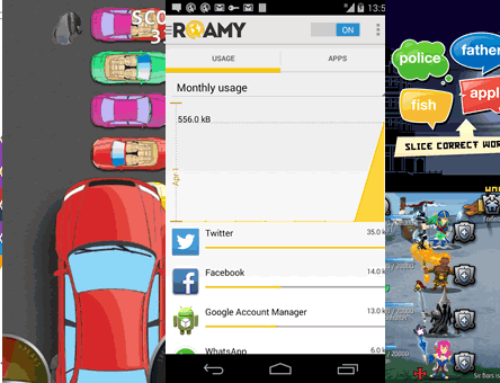Overview
I spent most of my childhood summers in the country at my grandparent’s house because the air was fresher, the food was natural and most likely because my parents were tired of raising a kid. No problem at all, I actually enjoyed those summers and now, when I spend most of my time in front of the computer I miss those. As a kid you always try to find more challenges and ours (mine and my same-aged cousin) consisted of various tasks that would raise our heartbeats: running after (and away from) turkeys, pulling the pig’s tail, trying to get eggs from chicken nests but the most challenging of them all was stealing cherries from our neighbor. We’d come up with pretty elaborate plans for 12 year-olds, understanding the neighbor’s daily chores, knowing where to jump over the fence to stay out of the dog’s reach, knowing how much time we have at our disposal and all most likely for the excitement of the action rather than the cherries themselves. All was fun until one day when we got caught (she suspected something and came back fast) and then there was police involved and that’s when I first heard the term ‘burglary’. Even if it was an exaggeration, basically it meant the illegal entry of a person/group in a private property with the intent to commit an offence . Of course that we only got a little beating from the grandparents as they were forced to pay for damages, but that’s when I understood how important is personal property.
It would be good if all burglaries resumed to a bunch of kids stealing cherries, but unfortunately that’s not the case. Burglaries are one of the most widespread forms of crime, in the US alone 1 in 36 houses gets ‘visited’ by thieves – according to the Bureau of Justice Statistics (shortened as BJs, one of the most unfortunate acronym for an institution) in 2011 there were around 2.85 million household burglaries. The table below shows how these evolved from 1994 onward, and even if their number is decreasing, the average value of stolen items is always on the rise:
table image
You can read the entire report here for more detailed charts and reports. Europe has its own statistics and things aren’t better in here either, as you can see in this detailed dynamic table. England occupies the top spot with almost 300,000 domestic burglaries per year (in 2010) followed by other developed countries.
The idea is that burglaries happen and you should protect your house in any way you can. Most of the times these happen when you’re not at home (thieves do their homework well), so of the most efficient way to repel them is to have an alarm system installed. Surveillance cameras are a solution, as you can place those in key points and receive an alarm when someone is trespassing or when unusual movement is detected. However a good HD camera can go as high as $1,000 but luckily you can get an advanced HD recording surveillance system for as low as $AU4.99 (during the trial version the app is free, pricing is still being decided upon). 20:20 is an app for Android that can turn your spare smartphone into an HD surveillance camera. With the costs of ‘original’ Android smartphones developed by the Chinese, instead of paying thousands of dollars for a surveillance system you can have one for under $100.
Design & Functionality
Developed by Spectur Security, the 20:20 app was recently covered by ‘7 News’, a popular Australian television news, so you can go ahead and view the video here where Peter Holton (the head of the company) shows how this app can be a successful replacement for a bulky expensive alarm system.
I don’t know if 20:20 was named after the popular type of Australian cricket, or simply because it’s too advanced for 2013 The app was named 20:20 as a parallel for a 20/20 vision, which in medical terms stands for a normal visual acuity and I like the idea of having a good extra ‘pair of eyes’ in my pocket. One of my first attempts on installing a security system was using a Foscam IP camera and I remember how after several hours I was finally able to have it connect via the wireless system and I could look at it from another computer within the same network. My accomplishment didn’t last long as I realized that in order to access it from outside or have it store videos via FTP I had to do some advanced fixed IP allocations via the router and I simply gave up. It still sits in its original box because it was way too much to configure.
This is not the case with 20:20, rather than installing a security system its configuration felt like starting a video recording. Here’s how the app works so you can see for yourself how quickly you can have a DIY home surveillance system:
- Install & setup. You can download the app on your phone here. After it’s installed start it and you’ll have to sign-in using your Google or Facebook account. It has a simple dashboard that lets you manage cameras, view events, share cameras, change its settings or switch to camera view. Since you will need at least one monitoring camera, switch it to camera view and place your smartphone in a convenient location. The video below shows how quick the setup is:
- Sound alerts. Your smartphone can bark, literally. On the smartphone you want to use as the surveillance camera you can change the sound settings for 20:20 so that when an alert is triggered (i.e. movement is detected) it will make some noise. This is helpful to discourage intruders, and the video below shows a few of the sound effects and change a camera’s name:
- Manage cameras. With 20:20 you can have as many cameras as you wish as long as you don’t run out of smartphones. You can have one monitoring your house entry, another your garden, one at your office, one at your grandmother and even watching your child’s babysitter. You can keep adding them and all will be manageable from a single location as long as you signin using the same account. So from your ‘master’ smartphone all you have to do is signin and control the Cameras by arming/disarming, zoom in/out or save video, changing their settings, start/stop recording and even share cameras – all done remotely. Here you can see how to manage cameras with 20:20:
- Arming/Disarming & managing events. From the camera management dashboard you can arm/disarm those by simply tapping an icon. Once a camera is armed, if movement is detected (only human movement due to the app’s advanced object recognition engine) an event will be triggered and a recording stored on the cloud. You’ll receive the event in your master smartphone from where you can download, view and delete it if everything is ok. Below you can see how that process goes:
- Changing motion detection & sharing. An interesting feature in 20:20 is how you are allowed to set up areas in the current view of the camera that will be monitored. So instead of having all the area in its current view monitored, you can ‘paint’ with your finger which zones are most important and if movement is detected in those areas events will be triggered. Furthermore, you can share a camera with your friends to either view what’s happening or fully control the camera. Not to share videos of your babysitter but to share the burden of keeping your assets secure. Here’s a quick video that shows how to setup detectable regions and share cameras:
As you can see 20:20 is more than just a smartphone camera control, it’s an app that helps you create your own do-it-yourself security system using a device you already know, your smartphone. The usage of 20:20 is varied, however if you intend to use it intensely, you should have a charger connected to it as otherwise its battery would run out in a matter of hours. Think of this, a security camera has to be always connected to an electricity source, but with your smartphone/camera you also have a backup power source if electricity goes down, its own battery. Here’s some of its core features:
- HD recording. One of its core features is the capability of recording videos in high definition at 1080 resolution. The picture is accurate enough to recognize the face of the culprit.
- Remote management. You can control your smartcamera (smartphone + camera) even from a different country while enjoying your holiday. As long as you have an Android device (phone, tablet) and you login in your account you can manage the smartcameras and watch live what’s happening.
- No false positives. 20:20 has a motion detection system that’s triggered only when the object in motion passes the ‘human test’. Through its advanced algorithms the app can tell the difference between an animal and a human, thus triggering an event only when needed. The app was intensively tested in Australia and they have their own share of non-human intruders (snakes, spiders, poisonous reptiles) thus I trust this human recognition feature.
- WiFi or 3G. 20:20 connects to the Internet by default via WiFi and it’s the recommended option. However, if no WiFi is available it can connect via mobile 3G networks as well.
- Camera sharing. All you cameras can be shared with your friends/family which are imported into the app via Facebook. Not only you can share your cameras with them, but if you’re for instance a business owner you can show your clients a live view presentation of your showroom or wherever that camera is installed.
- Store in the cloud. 20:20 will store all the event videos it captures in the cloud, thus you don’t need to have lots of storage space available on your phone, an internet connection will be enough.
Conclusion
The app is currently available as a free trial and when that period is over the app will remain free if you will be using your smartphone as a camera monitoring device at lower resolutions (with ads). To view at higher resolutions, with no ads, it will cost about $AU1.99 (1.5 US dollars, but with no alarms). Finally, if you’ll want to arm the cameras, (which will store the data and send you alerts) you have to buy the full version (in-app purchase) for a price that won’t exceed $AU4.99. The prices aren’t yet fully established, that will happen only when the trial period is over, but in any case the full version of it won’t exceed the one time payment of $AU4.99.
If you’re really serious about home/office security and have some spare smartphones, 20:20 will provide an easy solution to put those phones to good use. You can read more about the app from the developer’s website or download the app directly from Google Play: Download 20:20.

Name: 20:20
Developer: 20:20 Camera Security
Size: 4.7Mb
Package: net.burtek.cloudcamera.apk
Version: 1.1.167
Last update: July 17, 2013
Price: Free Trial/$5 per month




